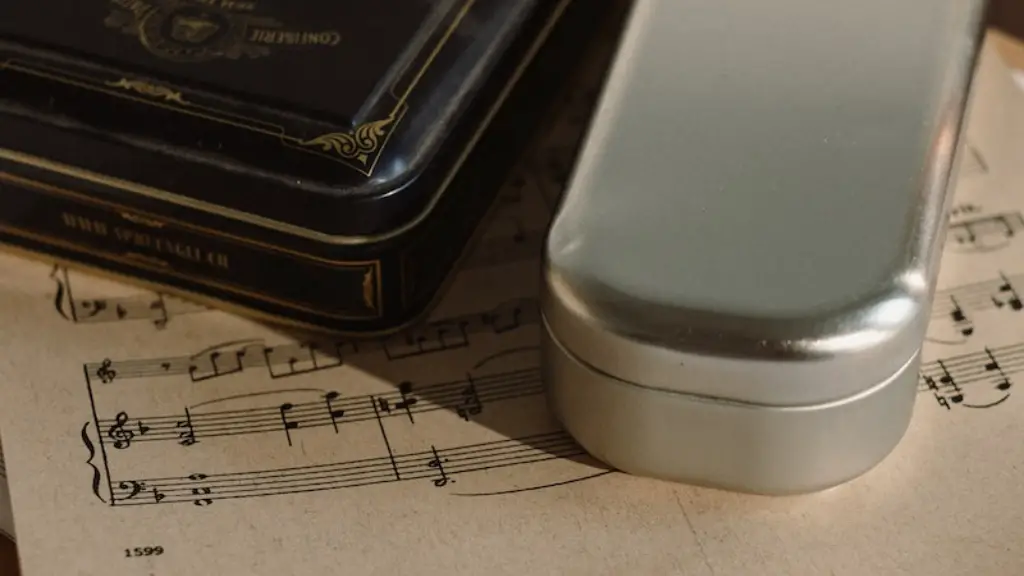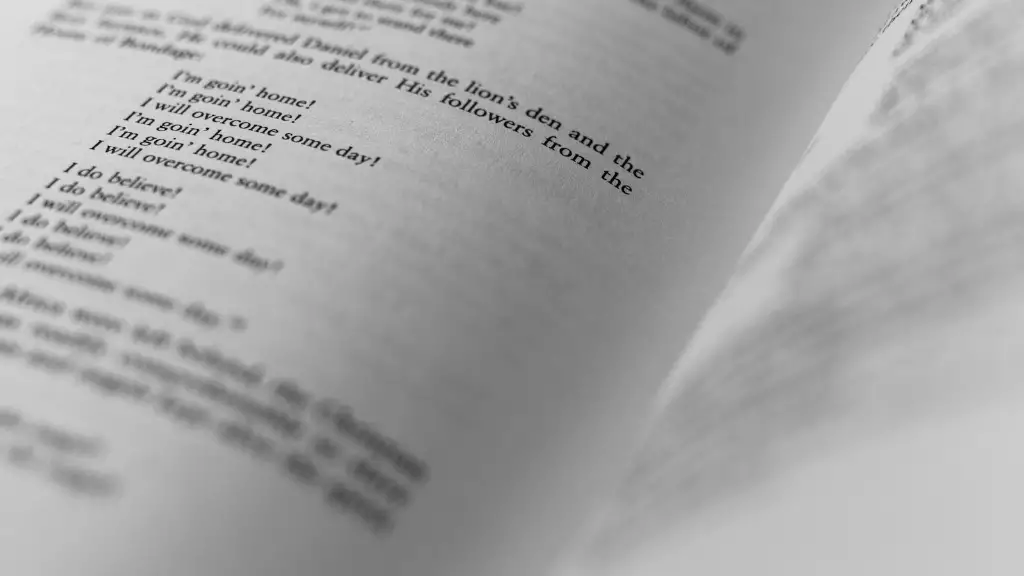Interpreting Shifts in Metaphors
Poetry is a great way to express feelings and opinions. It also serves as a way to convey ideas through the use of metaphors, similes, and other literary devices. Through the use of these techniques, a poem can be used to identify shifts in the poet’s perspective or mood. Identifying shifts within a poem can be a difficult task, however, since poems can be written in any particular style and cadence, and each poet conveys ideas differently. To understand how to identify shifts in a poem, one must first understand how to interpret metaphors.
Metaphors are figures of speech that compare two unlike things without using words such as “like” or “as,” and can be used to make a comparison more interesting or to express a complex idea more simply. They help to add passion and emotion to a poem, making it more vivid and memorable. Metaphors can also be used to denote shifts in the poet’s perspective or mood, so when seeking to understand shifts in a poem, the careful interpretation of metaphors is essential.
Identifying Shifts through Language
A poet’s language can provide insight into the personality of the character, the setting, and the mood within a poem. To identify shifts in a poem, one must be aware of the language used within it. This can be achieved through paying close attention to words, as well as the mood within sentences. A shift in the tone of specific words can indicate a change in the meaning of the poem.
It is also important to consider the use of opposites, or antithesis, when looking to identify shifts in a poem. This can include contrasting adjectives such as “good” and “bad,” “happy” and “sad,” or “light” and “dark.” The use of opposites can also be an effective way to convey how the character within the poem is feeling, with phrases such as “happy and sad,” “mixed up,” or “torn.” This is referred to as ‘synthesis’, the combining of the two extremes, and is an effective way to convey a change of mood in a poem.
Shifts in Rhythm and Structure
The structure of a poem and its rhythm also provide clues as to shifts in mood. Rhythms contain patterns of stressed and unstressed syllables which are repeated throughout the poem, and when these are changed or combined, it can suggest a change in the direction of the poem.
In addition to this, the structure of a poem can be used to identify shifts in mood. For example, the use of the caesura, which is a break in the middle of a line of verse, can indicate a pause or a reflective moment within the poem. Similarly, the end-stopped line can create a feeling of resolution, and the enjambment can often suggest a change in direction or mood.
Sensory Stimuli
The use of sensory imagery can also be used to identify shifts in a poem. This can include physical descriptions, noises, or smells which can be used to evoke a certain emotion or feeling. For example, the smell of rain could denote happiness or freedom, while a thundering noise could depict fear or danger. The precise use of sensory imagery can therefore help to identify moments of change within a poem.
Point of View
The point of view of a poem can be an important tool when identifying shifts. A poem can be written in a first, second, or third person point of view, which each offer their own unique insight into the poem. For example, a poem written in the first person can be used to convey a more personal feeling, while a third person poem can provide a more objective perspective on the subject. By considering the point of view, one can then identify shifts in emotion or opinion which may have influenced the poem.
Relating to Personal Experiences
When looking to identify shifts in a poem, it can also be useful to consider personal experiences. If a reader is able to relate to their own experiences within the poem, then they can pick up on subtle changes in the poem which may not be visible at first glance. This use of personal reflection can then be used to identify shifts in mood or perspective within the poem.
Analysis of Meaning
The meaning of a poem can provide further insight into shifts in mood. By analysing the different interpretations of a poem, one can consider the views of the poet and other readers, and identify which themes are present within the poem. This can then be used to identify how the mood of the poem has changed, or how the interpretation of the poem may have shifted throughout.
Comparing Poems
The comparison of two or more poems can also reveal shifts in mood. This can be achieved through examining how the use of language and rhythm changes between the poems, or by considering the changes in the mood or atmosphere which the poems create. Through comparative poets, one can then identify any shifts in mood which are present between the poems.
Interpreting Personal Connections
Finally, when attempting to identify shifts in a poem, one should also look to their own personal connections. How does the poem make them feel? What emotions is the poem trying to evoke? Through considering these personal connections, a reader can then pick up on any subtle changes or shifts in mood within a poem.
Repetition of Ideas
Repetition of ideas is an effective way to drive home an idea or message through a poem. When looking to identify shifts in a poem, one should consider how the language is used to convey the same idea, but in different ways. This can include the repetition of a phrase, or the use of different language to emphasise the same point. This repetition can then be used to identify any subtle shifts in the poem.
Shifts in Imagery
Imagery is a powerful tool when attempting to understand shifts in a poem. By looking at the images used within the poem, one can pick up on subtle changes in the atmosphere or mood of the poem which may not be pick up on at first. The use of recurring images can also be used to highlight changes between sections of the poem.
Realising Shifts in the Poem
When looking to identify shifts in a poem, one should also consider the conclusion of the poem. Has the mood or atmosphere of the poem changed from the start to the end or have the same ideas been presented in different ways? Through analysing the overall structure of the poem and looking to the conclusion, one can often realise how shifts in moods have been used throughout.
Observing the Poet’s Intention
Finally, when attempting to identify shifts in a poem, one should bear in mind the poet’s intention. By understanding the intentions of the poet, one can gain an insight into the overall themes of the poem and how these change throughout the poem. By considering the poet’s intention, one can then identify how the poem has shifted and how this affects the overall message of the poem.



